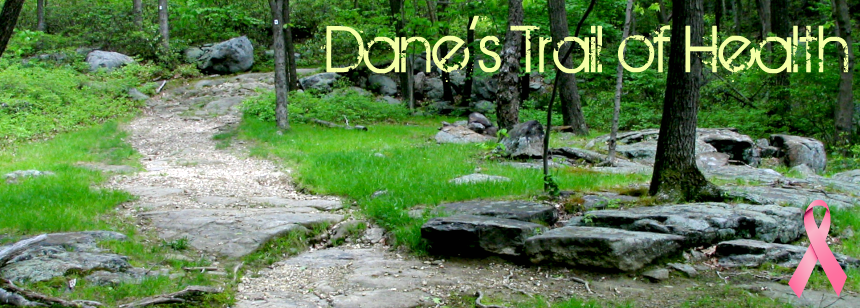For the third quarter of this book I read chapters 11-15. They were called: 11) The Animals, 12) Slaughter, 13) The Market, 14) The Meal, and 15) The Forager.
In Chapter 11, Pollan spends a day learning how a farmer, Salatin, runs his farm. He sees how Salatin tries to imitate nature in the way that birds will follow livestock, feeding on the larvae and parasites while helping to fertilize the soil left behind. He does this by pulling a couple wagons that chickens live in behind a tractor, then letting them out where his cows had been the previous day. (For those of you where in Mrs. V's Environmental Health class, this was shown in the documentary "Fresh") It is this kind of efficiency that makes the author question the way the word efficiency is used to describe a farms processes.
In Chapter 12, Pollan goes with Salatin to the de-assembly line to learn how to prepare chickens for market. What was interesting about this is that while this is happening, customers can see their dinner being killed. This forces accountability on the farmer because if he wants to keep customers, he must keep it clean and humane. It's hard to imagine what we would see if we could look in to a large corporation's slaughterhouse.
In Chapter 13, there is much discussion about the price of food now. Salatin says that food as Wal-Mart is not cheap, but "irresponsibly priced", and that we must take into account all of the hidden costs of industrialized food. The author gives statistics that Americans only spend about 10% of their income on food. This number was closer to 20% nearly 50 years ago. He theorizes that we have found ways to pay for things that aren't necessity, like TVs and cell phones, and asks what should our priorities be?
In Chapter 14, very appropriately titled: The Meal, Pollan wanted to bring some of Salatin's meat back home to California to eat with his family. But he soon decided that it would go against the principles of a local farm. So he brings the food to a friends house to share a meal with them.
In Chapter 15, Pollan decides to create a meal that he has done all the gathering, growing, and hunting himself. He knows it is a different kind of journey to accomplish this. Because as he points out, the hunter-gatherer food chain no longer exists. He wants to follow this idea though because he wants to go as far into the food chain that we need to as he can.
These five chapters were very interesting because it deals with a lot of what I think of when I think of what I want to eat, where the food comes from, and how it gets there. The farm he was at was small scale, self sufficient and he really went through the whole process of farm > market > meal. I think this was discussed in a video I saw in class, but if communities can rely on themselves for food, then there will be less catastrophic food shortages. When there is a massive recall due to contamination, or if there is a shortage because of a natural disaster, what do we do then? I believe more people would be better served by having self sufficient communities.
Wednesday, October 20, 2010
New Blog Header!
I made a new blog header to help get rid of the plain text feel I have felt this blog having over the past week. I developed it at http://www.picnik.com. I feel bad that I have never used this website or it's software before, it is really a great, easy way to make nice graphics! October is Breast Cancer Awareness Month, and this blog supports finding a cure!
Subscribe to:
Comments (Atom)

